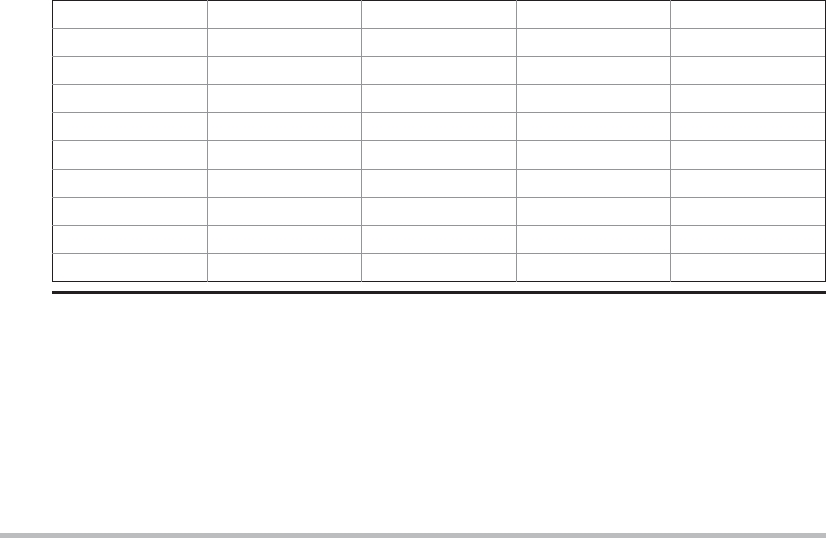abstract
continue
for
new
switch
asser t
default
goto
package
synchronized
boolean
do
if
private
this
break
double
implements
protected
throw
byte
else
impor t
public
throws
case
enum
instanceof
return
transient
catch
extends
int
shor t
tr y
char
final
inter face
static
void
class
finally
long
strictfp
volatile
const
float
native
super
while
TABLE 2-1
Java Keywords
The keywords const and goto are reserved but not used. In the early days of Java, several
other keywords were reserved for possible future use. However, the current specification for
Java only defines the keywords shown in Table 2-1.
In addition to the keywords, Java reserves the following: true, false, and null. These are
values defined by Java. You may not use these words for the names of variables, classes,
and so on.
The Java Class Libraries
The sample programs shown in this chapter make use of two of Java's built-in methods:
println( ) and print( ). As mentioned, these methods are members of the System class,
which is a class predefined by Java that is automatically included in your programs. In the
larger view, the Java environment relies on several built-in class libraries that contain many
built-in methods that provide support for such things as I/O, string handling, networking,
and graphics. The standard classes also provide support for windowed output. Thus, Java
as a totality is a combination of the Java language itself, plus its standard classes. As you
will see, the class libraries provide much of the functionality that comes with Java. Indeed,
part of becoming a Java programmer is learning to use the standard Java classes. Throughout
Part I of this topic, various elements of the standard library classes and methods are described
as needed. In Part II, the class libraries are described in detail.
Search WWH :


